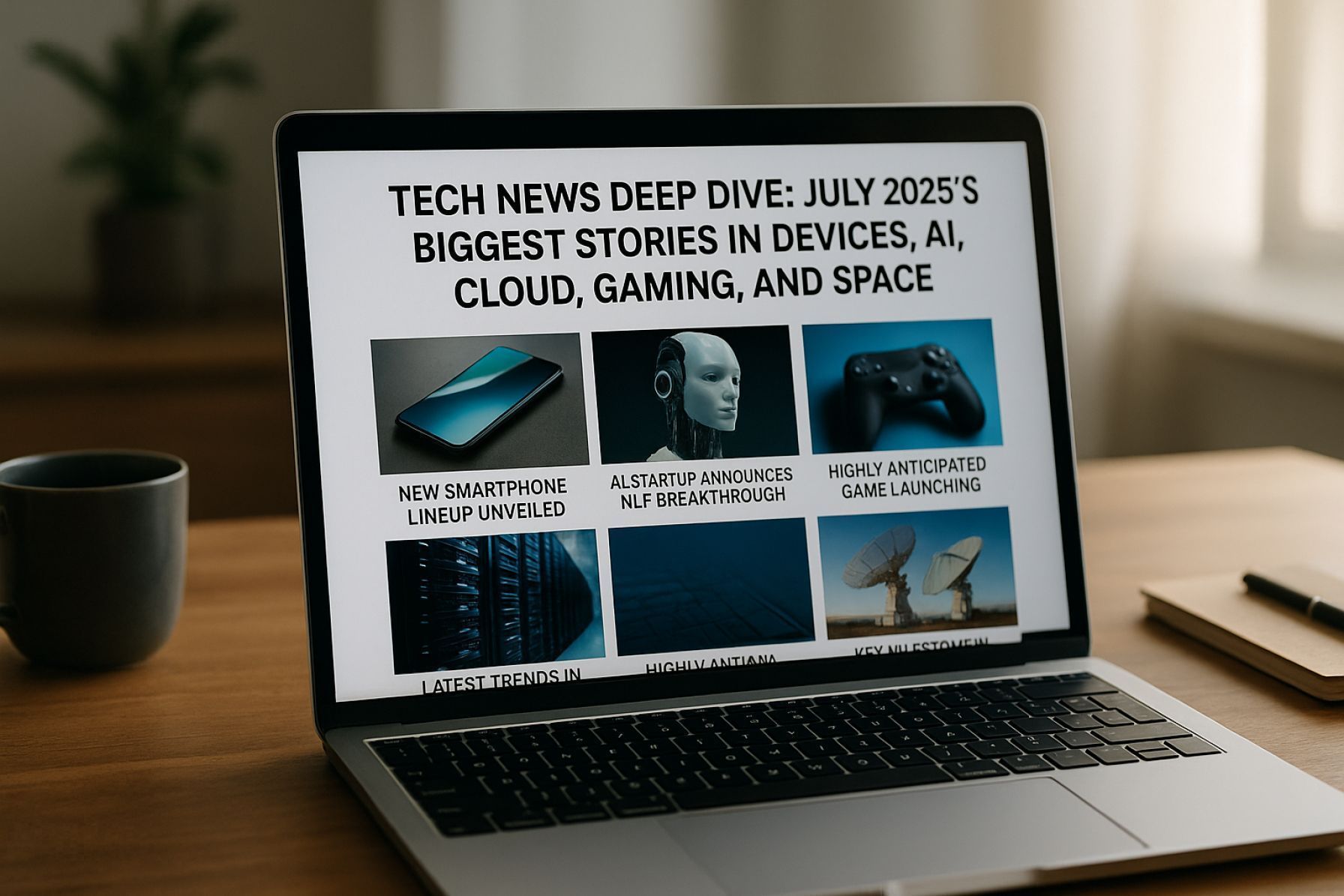
Global IoT Market 2025 Forecast: Inside the $1 Trillion Tech Revolution
Global IoT spending in 2025 is projected to approach $1 trillion, up from $805.7 billion in 2023. By 2025, the number of connected IoT devices is expected to reach 27 billion, rising








